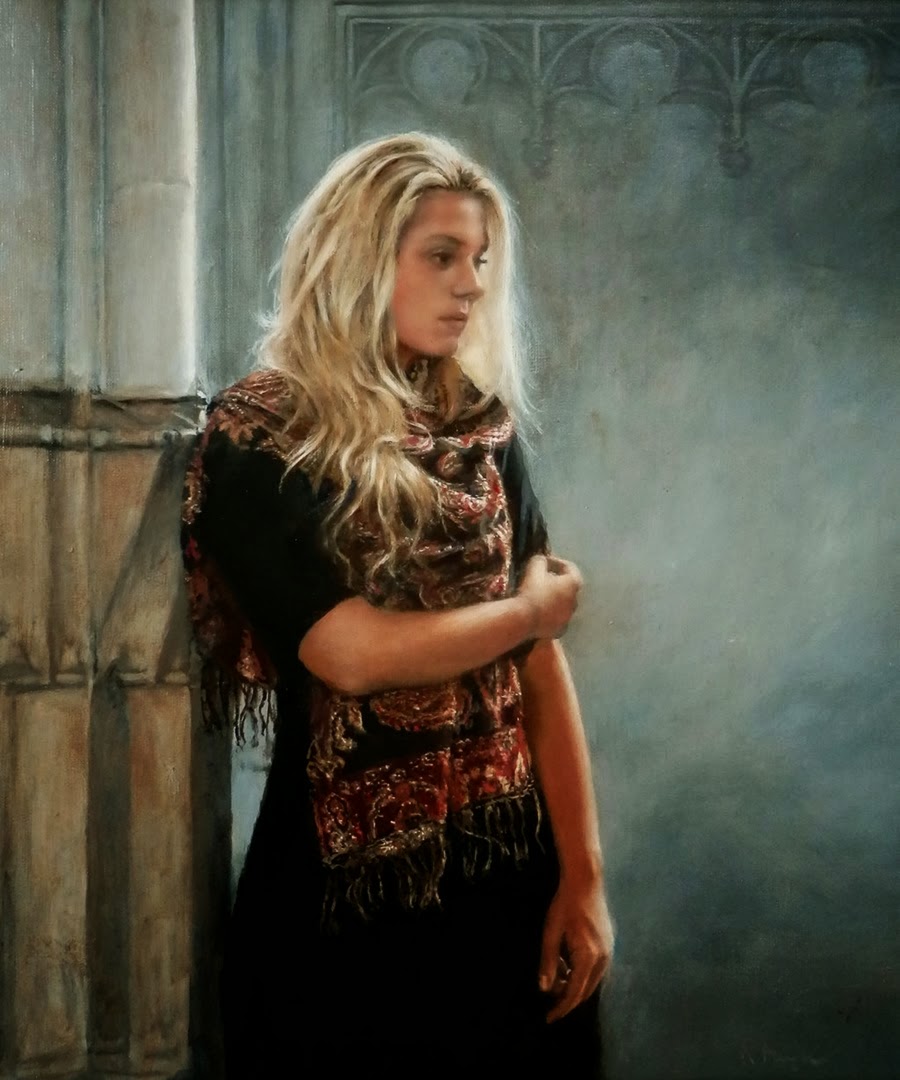Ralf Heynen - alias Ranonus, is a Dutch painter from Nijmegen, The Netherlands. Despite the first impression of a sophisticated and detailed picture his technique is based upon light and tonality and typical brushstrokes. These strong light effects and the subtle use of colour are typical for his work.
Ralf Heynen is an autodidact painter, having learned the trade by studying 17th-century masters like Vermeer.
The works of Russian realists and Singer Sargent were a huge inspiration.

.jpg)
.jpg)


.jpg)
.jpg)









